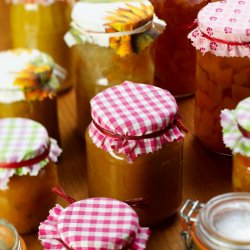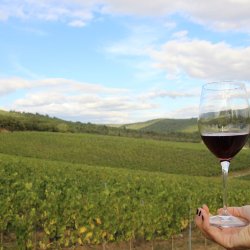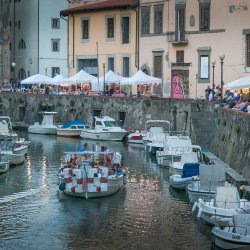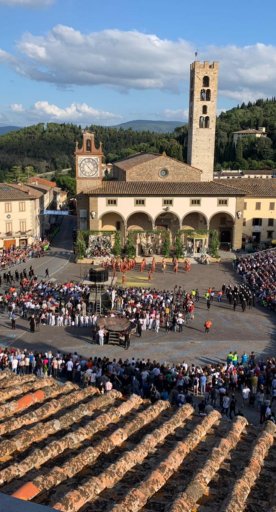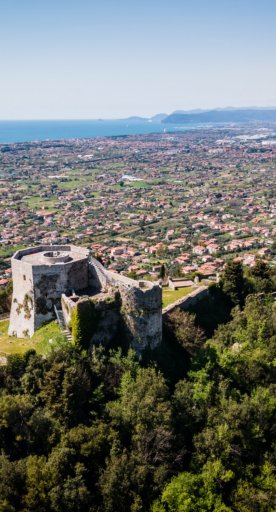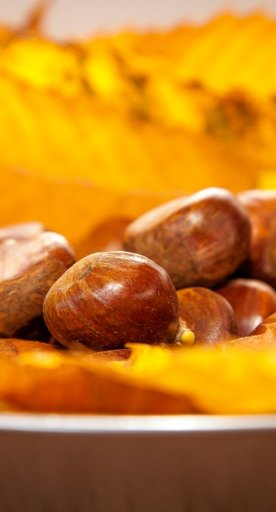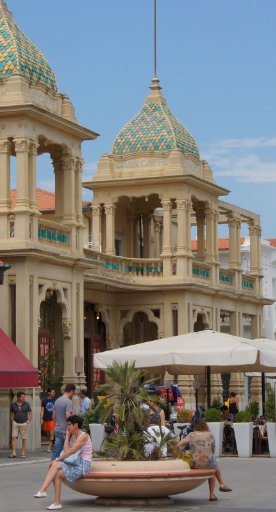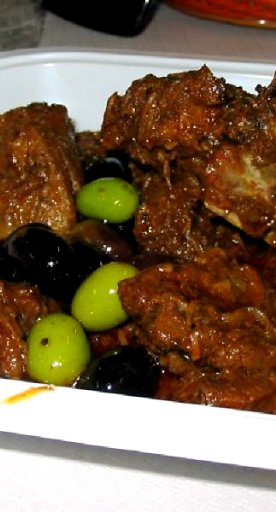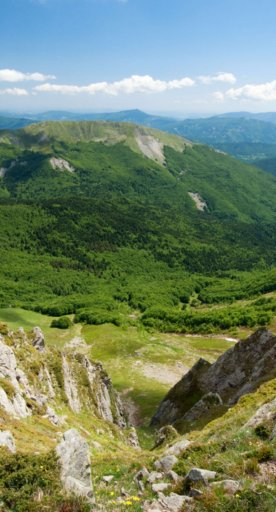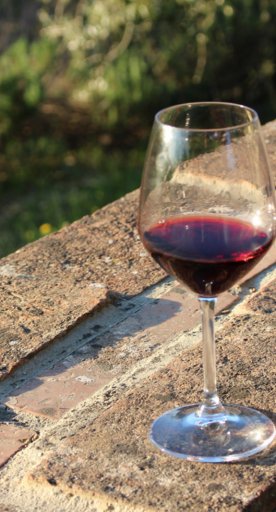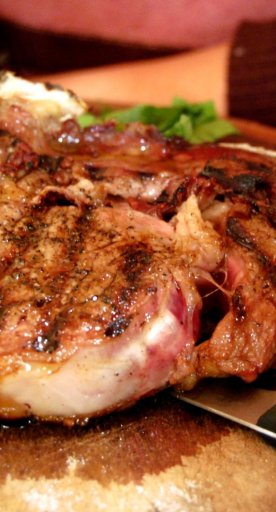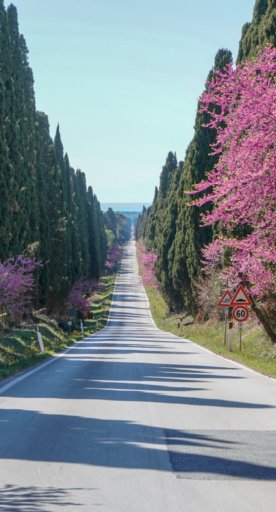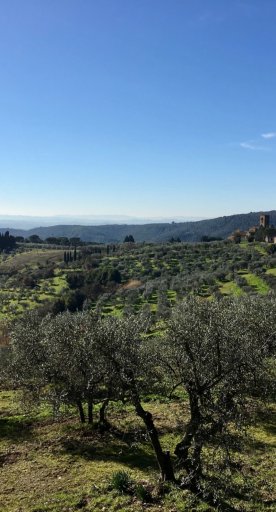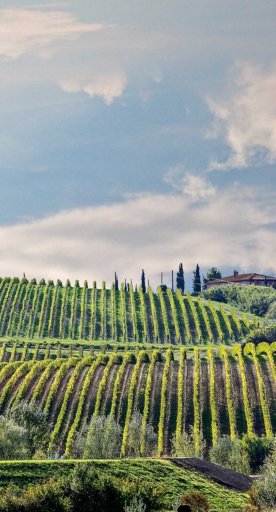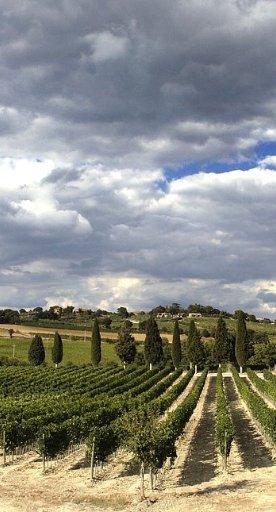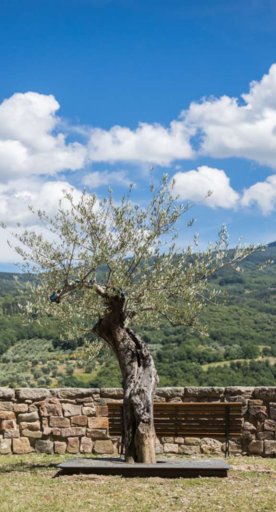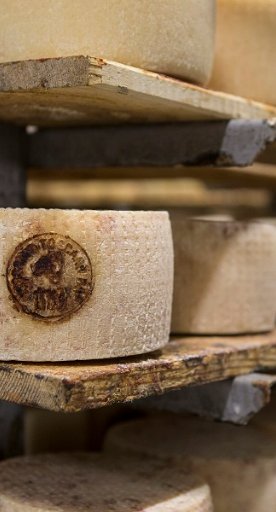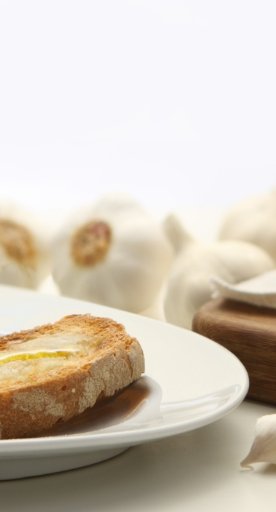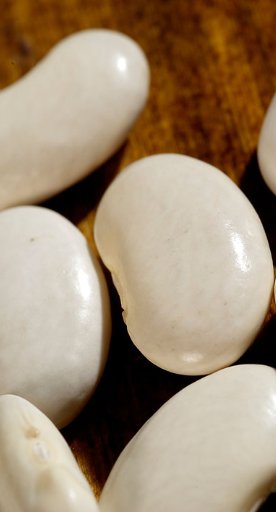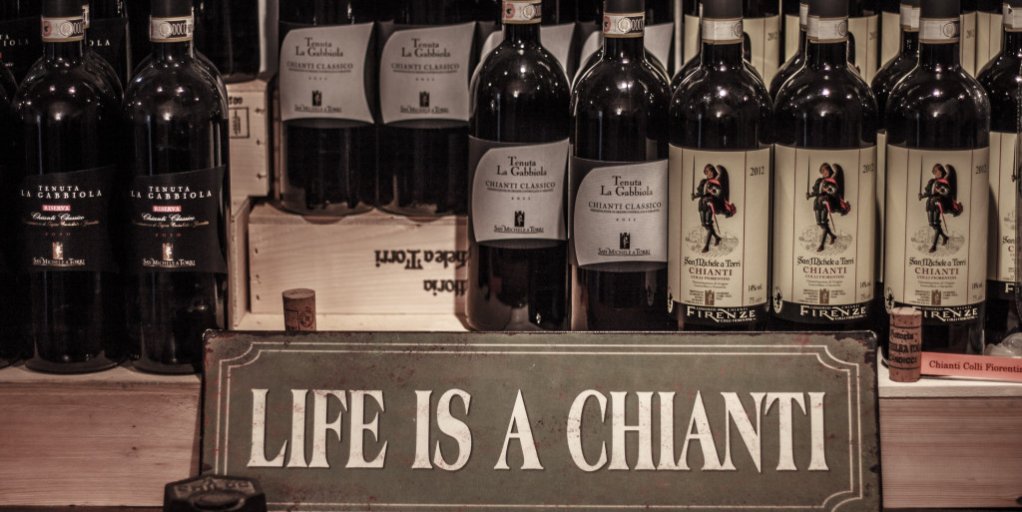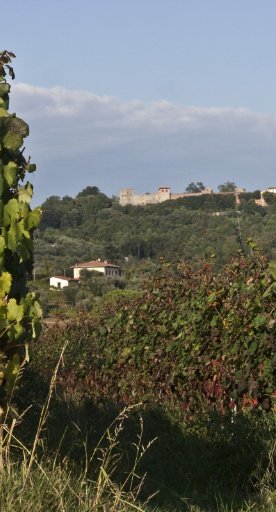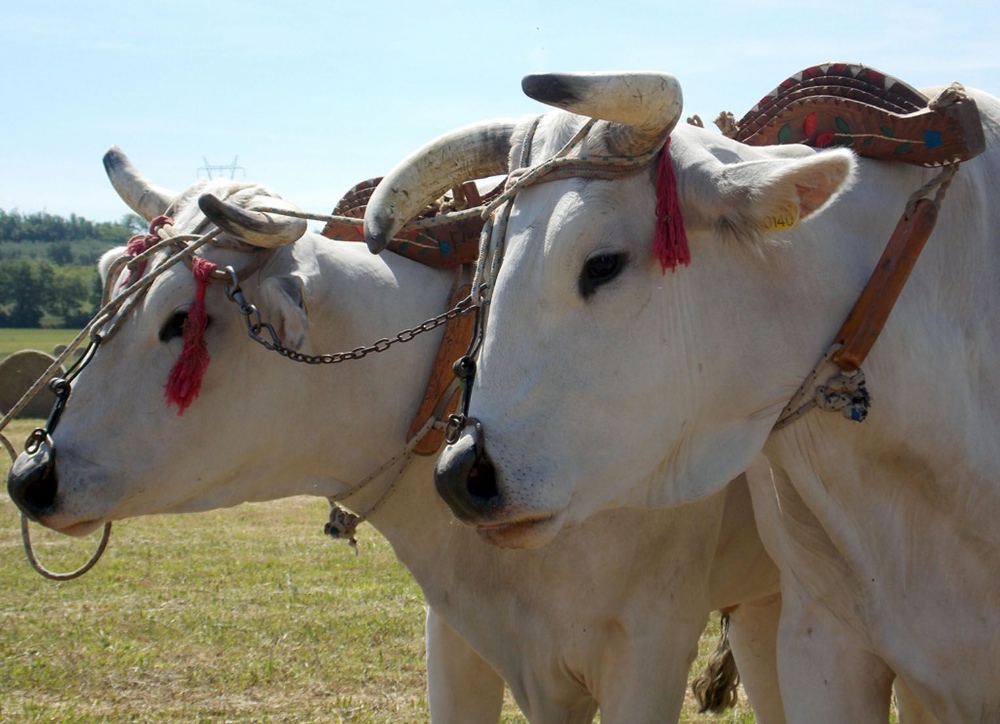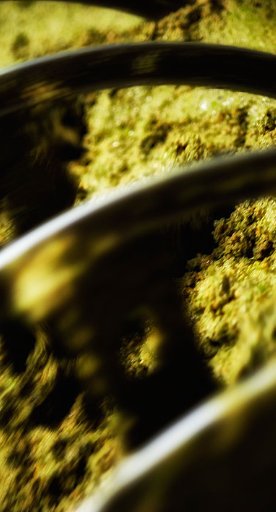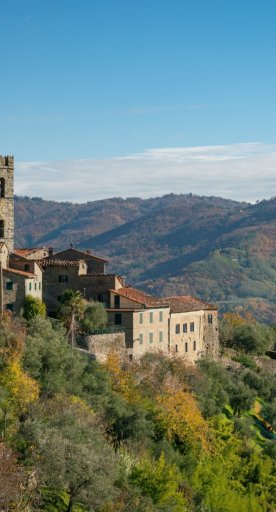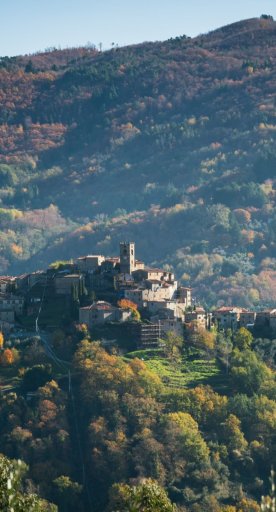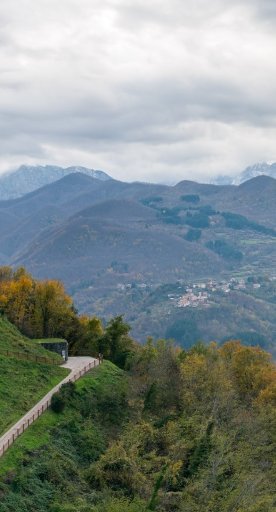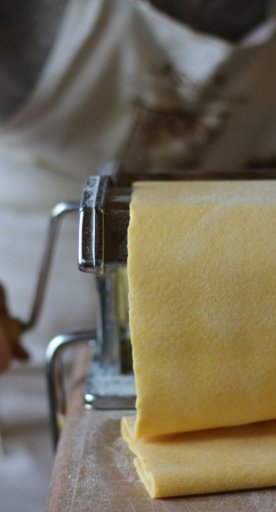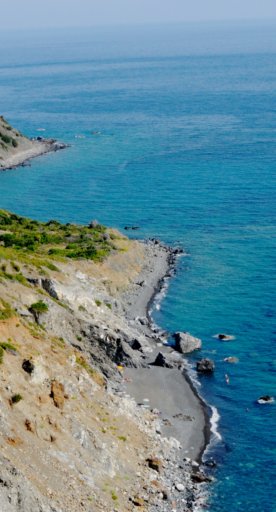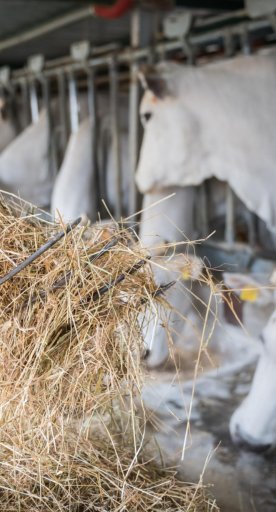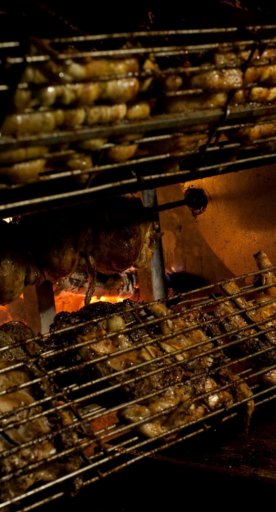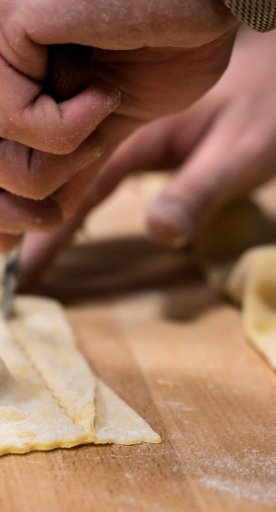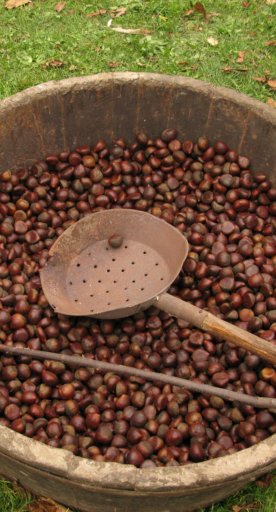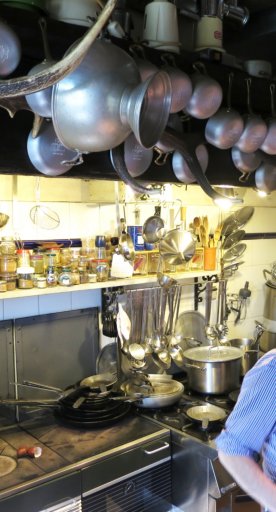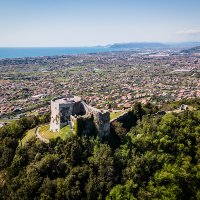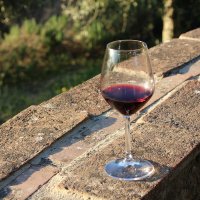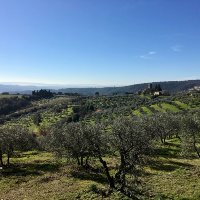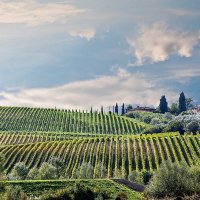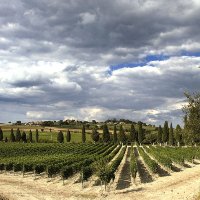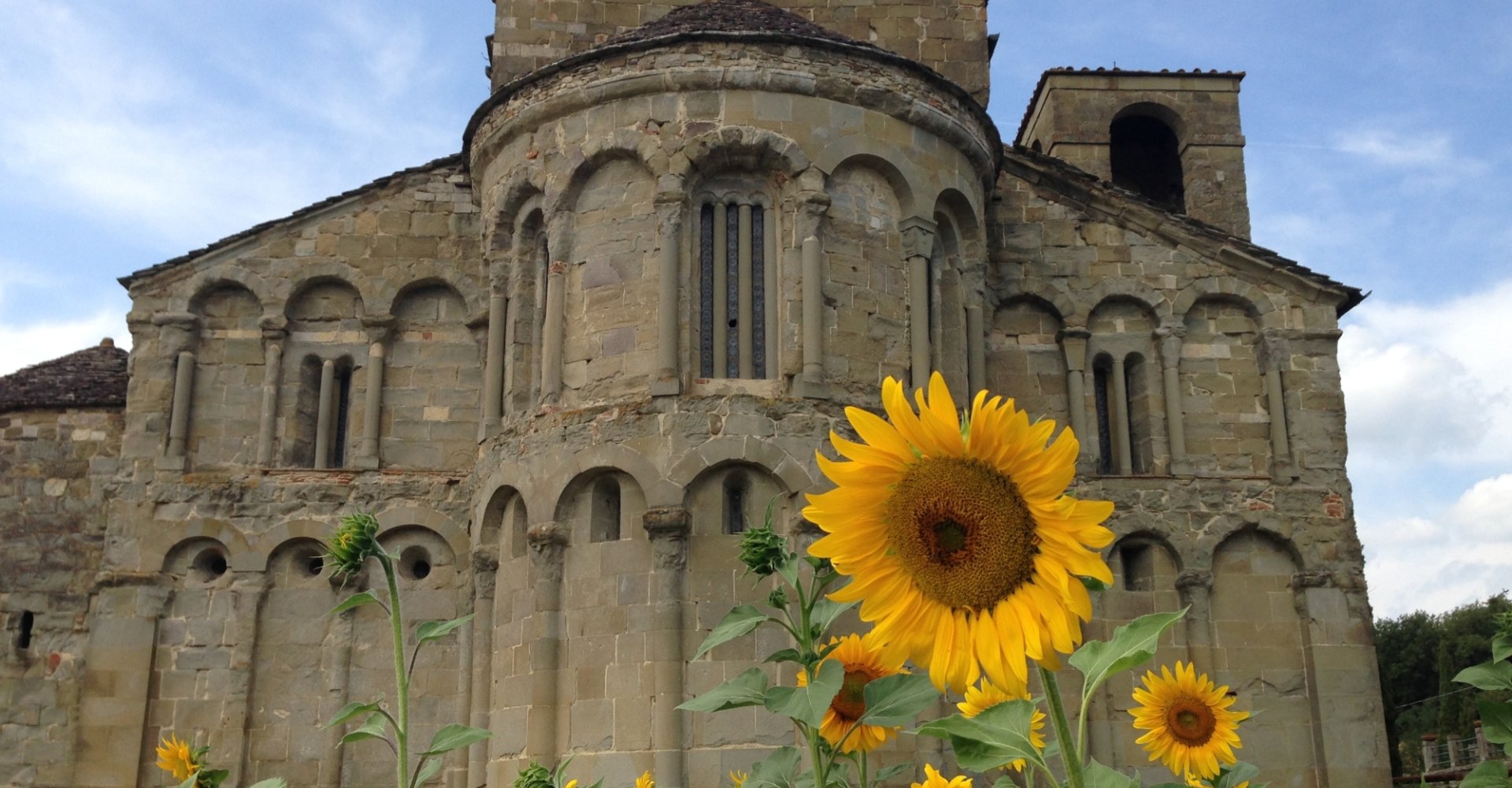

A journey to discover wine in the Casentino
From Benedictine monks to today
A valley dotted with castles, hermitages and convents north of Arezzo, towards the Tuscan-Apennines and just an hour's drive from Florence, this is the Casentino, which extends among large wooded areas, olive groves and vineyards. In the past, viticulture was widespread in this area, as in the rest of Tuscany, appearing alongside the farmlands. Traces of these ancient vineyards remain today.
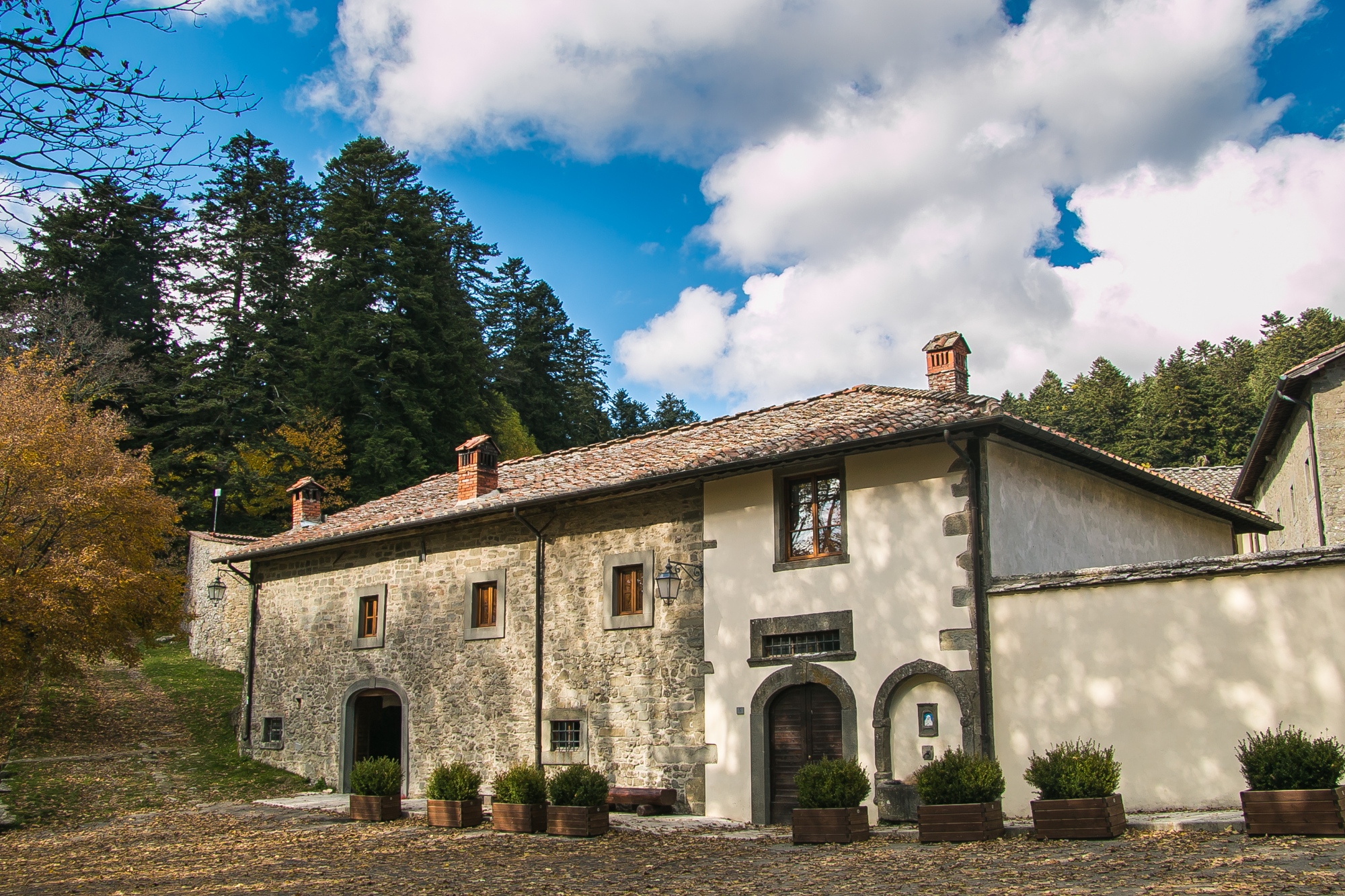
The recovery and reproduction of the 13th-century wine made by the Benedictine monks of Camaldoli is almost fantastical, but also entirely scientific. Aside from prayer and meditation, the Benedictine monks engaged in various activities, including agriculture. Researchers at Crea, a centre specializing in the conservation, characterisation and enhancement of grape varieties, reproduced their wine a few years ago thanks to the identification and recovery of as many as 21 indigenous varieties still present in small secular Casentino vineyards.
Leap forward almost a thousand years to modern times and two vines with more specific characteristics have spread beyond the confines of the valley: the Morellone del Casentino, a close relative of the Sangiovese, recognised in other areas of Tuscany as just the Casentino; and the Moscato or Moscatello di Subbiano, introduced at the beginning of the 1900s, then abandoned and almost lost, then cultivated once more to produce dessert wines.
Today the wine panorama of this micro region of almost 830 square kilometres with an altitude varying between 260 and 1,650 metres above sea level is not particularly renowned for its wine, but is pleasantly crossed by a creative verve that has not, however, damaged the peculiar characteristics of the agricultural community. In fact the innovation and imports have gradually enriched and varied the oenological heritage of the territory. And so, alongside the orthodox and philological fidelity of Poggiotondo, defined as a bastion of the Sangiovese in the Casentino area, and Ornina, whose wines use the whole variety of the most typical Tuscan vines (from Sangiovese, Canaiolo, Cilegiolo and Pugnitello to the black and white Malvasia and the Trebbiano), are winemakers who dare to break the bonds of tradition and who have experimented and managed to find fertile soil and microclimatic conditions suitable for cultivating and producing “different” vines and wines in these parts.
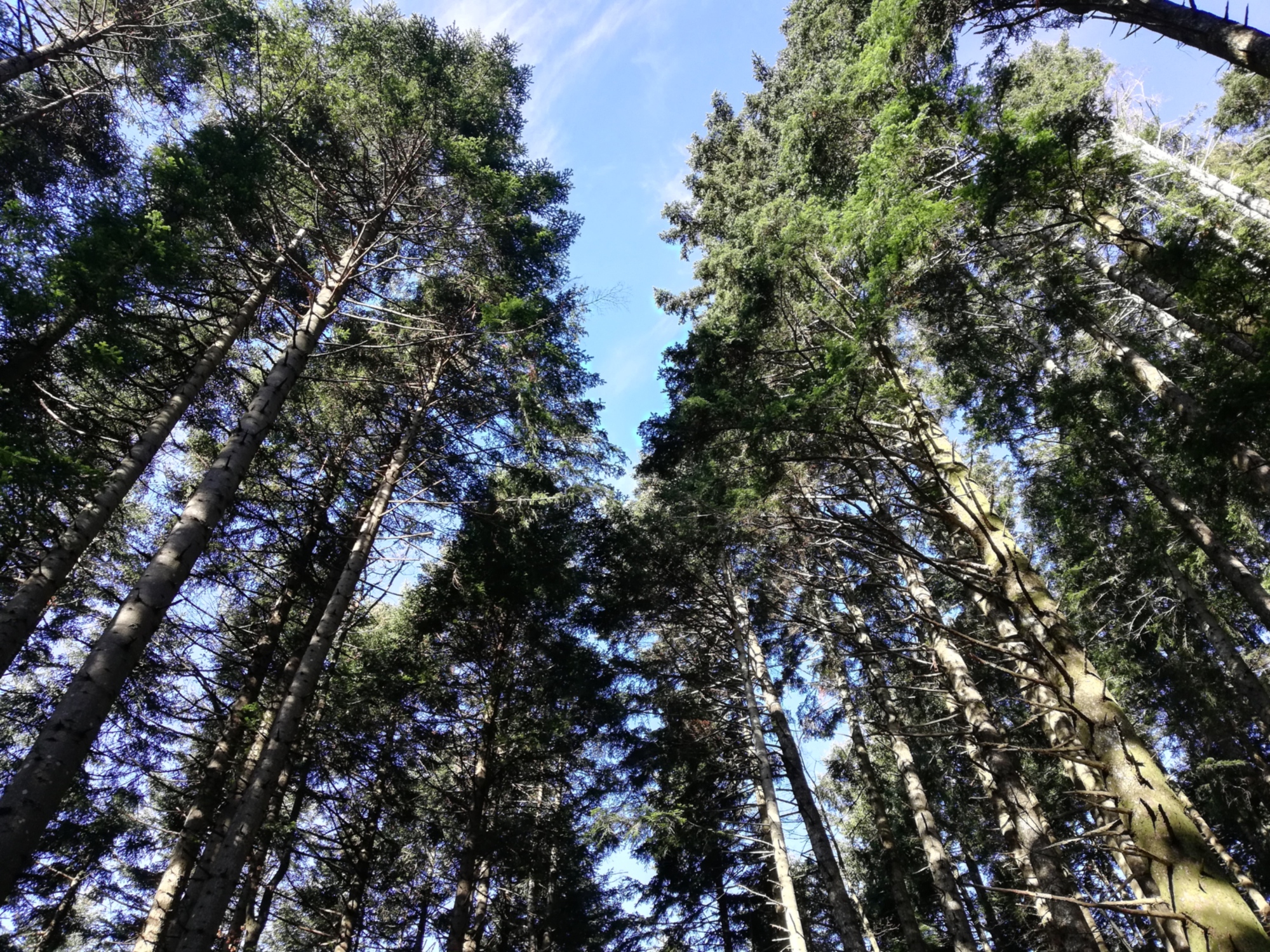
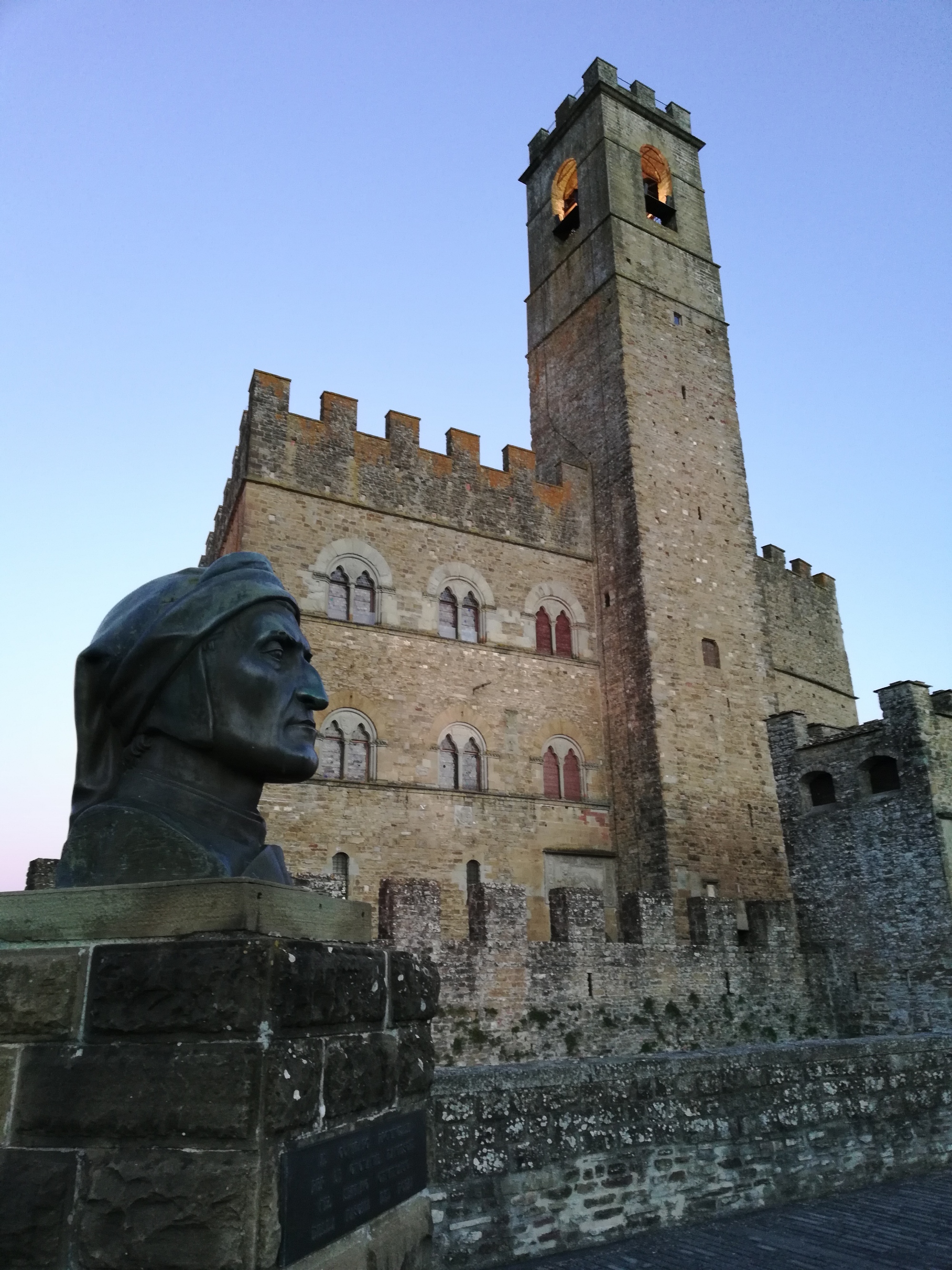
The Podere della Civettaja and its famous Pinot Noir, one of the first in Tuscany and a forerunner for those who later gathered under the Tuscan Apennine Association - Vignaioli di Pinot Nero - is just one example. There’s the Syrah from Podere Bellosguardo and the Merlot from Casina d’Agna. And Arbostine, cultivated and preserved by deceased oenologist Federico Staderini in his vineyard "Cuna" where he also grew Pinot Noir.
In short, different wines that share nothing more than their production area, an excellent mother of different children, which find synthesis at the festive meeting and promotional exhibition that is the Gusto dei Guidi, held each year in Poppi in the second half of August. The three day festival is named after the ancient Guidi Counts, lords of Poppi and most of the Casentino are in the Middle Ages. Along with revitalizing the ancient tradition of the "vermilion wine" of the Casentino hills that dates back to the 1400s and boasts citations and praises from Machiavelli, Lorenzo the Magnificent and Andrea Bacci - "the Casentino area is very famous for its wines and other prerogatives" – the festival marks the vitality of a group of local winemakers who have managed to revive the fortunes of a sector that had not insofar had the same luck or same notoriety as in other parts of Tuscany.

